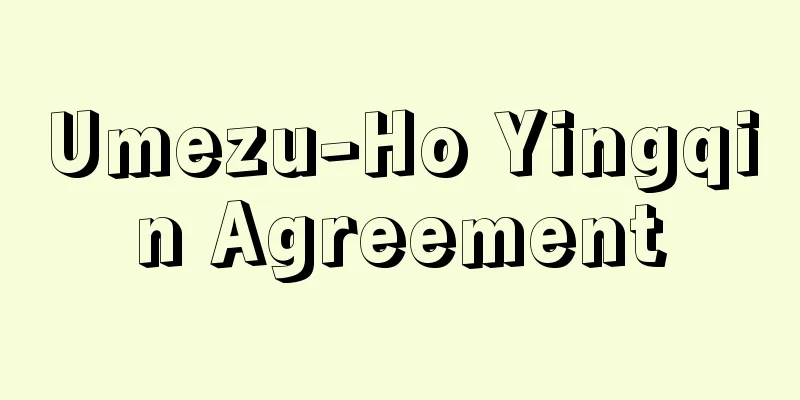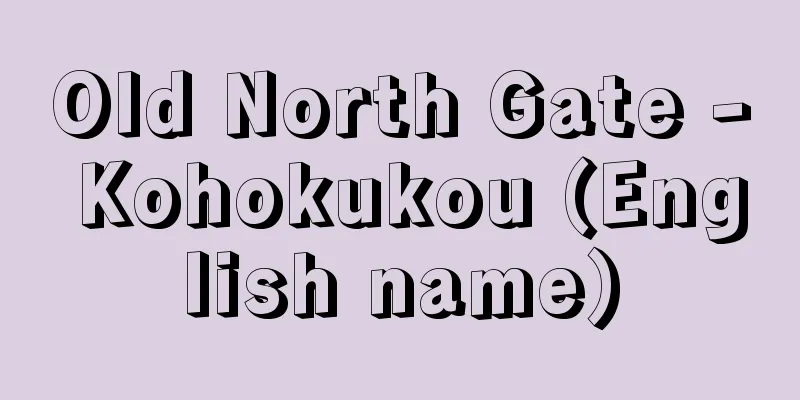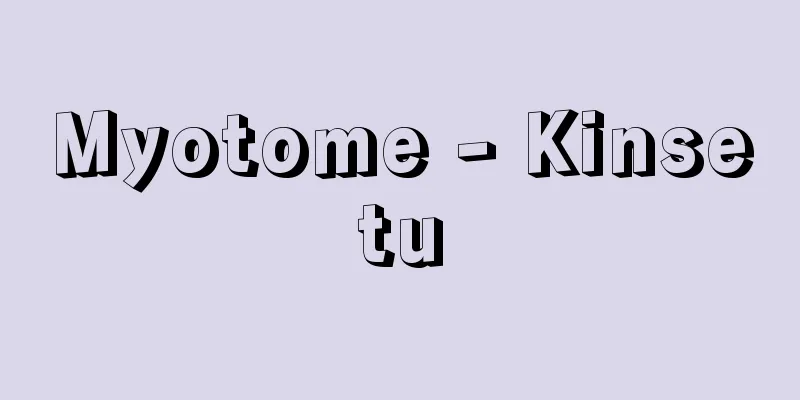Yanagisawa Kien

|
Year of death: September 5, 8th year of the Horeki era (October 6, 1758) Year of birth: 1704 A samurai of the mid-Edo period, and a pioneer of the Nanga school of painting. His given name was Sadataka, later Rikyo. His pen name was Kumi. He was also known by the pen names Gyokukei and Kien. He was born in Edo as the second son of Sone Yasunori, a chief retainer of the Kofu domain in Kai (Yamanashi Prefecture). In his youth and youth, he was so devoted to the domain's lord, Yanagisawa Yoshisato, that he was allowed to use the surname Yanagisawa, and was subsequently bestowed a character on his name, taking the name Rikyo, and then Yanagi Rikyo. In 1724 (Kyoho 9), he moved to Yamato Koriyama following a transfer of his domain's fief. In 1721, he was denied succession as head of the family due to "inexperienced misconduct," but was soon pardoned, received a stipend of 2,500 koku, and served as a member of the Oyoriai in his later years. He was a man of many talents, particularly skilled in painting. As a child, he studied the Kano school of painting, but was not satisfied, so he studied Chinese painting, art history, and art books on his own, and also studied under Yoshida Shusetsu to learn Nagasaki school painting. As a result, he has many paintings of people and flowers and fruits in deep colors, such as "Guan Emperor" (Tokyo National Museum) and "Orchids in a Basket" (private collection). He also has ink and bamboo and finger ink paintings, but no landscape paintings in the Nanshu style remain. However, he played an important role in the history of Nanga painting, such as recognizing Ike Taiga's talent and guiding him. He wrote the essay "Hitorine" when he was around 22 years old. (Koichi Takeda) Source: Asahi Japanese Historical Biography: Asahi Shimbun Publications Inc. About Asahi Japanese Historical Biography |
|
没年:宝暦8.9.5(1758.10.6) 生年:宝永1(1704) 江戸中期の武士で,南画の先駆者。名は貞貴,のち里恭。字は公美。玉桂,淇園などと号した。甲斐(山梨県)甲府藩の家老曾禰保格の次男として江戸に生まれる。少・青年期,藩主柳沢吉里の信愛厚く,柳沢姓を許され,次いで一字を拝領,里恭と名乗り,柳里恭と称した。享保9(1724)年,藩の転封に従い大和郡山へ移住。13年,「不行跡未熟」として家督相続を取り放されたが程なく許され,禄2500石を食み,晩年には大寄合を務めた。多芸多才で,なかでも画に優れる。画は幼年,狩野派を学ぶも飽き足らず,中国画や画史・画譜類で自習し,また吉田秀雪に師事して長崎派の画を修得。そのため「関帝図」(東京国立博物館蔵),「籃中挟蘭図」(個人蔵)のような濃彩の人物・花果図が多い。他に墨竹や指墨もあるが,南宗画様式の山水画は現存しない。しかし池大雅の才能を見抜き指導するなど,南画史上重要な役割を演じた。随筆『ひとりね』は22歳ごろの執筆。 (武田光一) 出典 朝日日本歴史人物事典:(株)朝日新聞出版朝日日本歴史人物事典について 情報 |
<<: Yanagisawa Noisy Animals - Yanagisawa Noisy Animals
Recommend
Isshiki Beppu
...However, in most cases, only annual taxes (kan...
Ibn al-Ibri
…Jacobitic Christian theologian, historian, and p...
Parasitic wasp (bee) - Parasitic wasp
…It is also called a parasitic wasp or a parasiti...
Carter, JE
...These recent problems facing the American econ...
Monyoki - Monyoki
This is a compilation of records from Shoren-in Te...
Ukin - Ukin
… [Urban formation period] In the next archaeolog...
Irritation - Annoyance
〘noun〙① A type of cramping pain that occurs in the...
trans-avanguardia (English spelling)
...In Japan, in the late 1960s, Jun Miyagawa poin...
Septic tank - Septic tank
A device that purifies wastewater such as sewage ...
Osiris
…His aim was to study the history of science from...
Alto Peru
…Meanwhile, in May 1810, an independence movement...
Kartli
…the Greek name for ancient eastern Georgia. They...
Phoenix sylvestris (English spelling)
…[Sumihiko Hatsushima]. … *Some of the terminolog...
Oinosho - Oinosho
This manor was owned by Todaiji Temple and was lo...
Brisou, J.
…In 1946, L. Weinstein of the United States obser...









